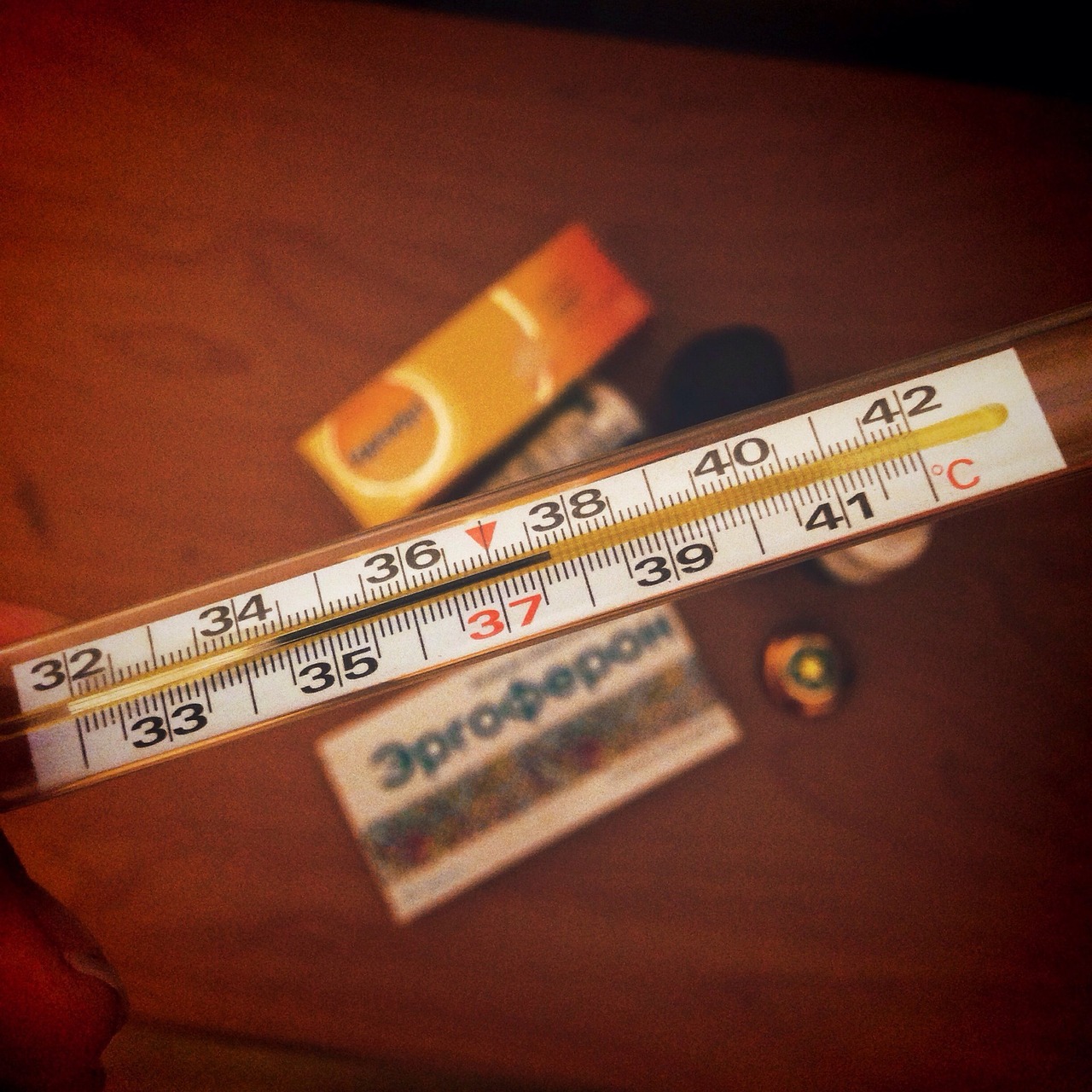I come across all these beautiful articles around the Internet of Things (IoT) filled with graphics, network diagrams, and a generic finger reaching out to touch some translucent screen in the distance. As if a finger, some Adobe Photoshop items, and a network diagram are all we need to make the IoT work...
Thing is, I don't think we have a clue what the IoT is going to mean for business, fun, and life in general. When you think about the internet and how it has disrupted our culture, our quality of life, and the way we do business, very few of the things we do now track back to anything that was predicted in the past.
So here we stand on a precipice, with the thought of anything that has electricity becoming an IoT device through an IPV6 address. I ask then, "What does that mean for us?"
I make no allusions to say I understand things outside of Smart Buildings. Building Systems and their associated components are where I have made my niche. So let's pick that area and really see, "What can we do with IoT?"
What Can we do In Buildings?
Here is a non-exhaustive list of things I have heard the IoT will allow us to do:
- Geo-Locating of Assets
- Smart Equipment and Living Breathing Buildings
- Predictive Tuning of Buildings
- Building Wide PID Loops
- Demand Response HVAC systems
- Self Commissioning Buidlings
- Dynamic Balancing, Shading, and Power Distribution
- Real-Time Load Shedding based on surrounding buildings on a campus
- Smart Life Safety, Respond to fires and crimes by adjusting environments and access.
- Many More
How will We Do It?
How indeed, while no one knows exactly what the percentage of buildings with a BAS system is, one thing we do know is that the average BAS system is not prepared to handle the traffic of a IoT system. What happens when an IPv6 based device communicating at 100/1000 Mbps is connected to a BAS network and begins attempting to poll older systems that are speaking 9600 baud? Can we say DoS (Denial of Service) time!
The traffic, data routing, and network architecture will essentially have to be scrapped. Some would have you believe that we will replace the BAS system head-end and all our problems will magically float away on a cloud of happiness, but back in reality land the problem remains, what do you do with the field bus?
Many companies have worked to get controls embedded in the HVAC equipment by default.We are seeing the beginning of this push with systems like the Delta PoE(Power over Ethernet) VAV box or the Diakin IoT Rebel Rooftop. In the central plant, you have York Chillers that have native IP connectivity as well as 3G connectivity. These systems are the stepping-stones of IoT, but the question remains. If IoT's primary value is inter-systems communication, how do you convince an owner to replace a 20-30 year mechanical asset so that his system can "communicate"?
Thus, my prediction is that we will begin to see IoT at Greenfield sites, first. Sites that are fresh out of the ground will be the target market.
However, the engineering community is still split. Consulting Engineers design specifications and they sell that design. Consulting Engineers make money by selling a design that they may have to make minor tweaks to but overall the design remains the same. I recall a Consulting Engineer here in Texas that literally built a specification around 5 ton packaged roof tops. Got a school, use a rooftop, got a data-center use a rooftop, high-rise 50 story building, use a lot of rooftops. I could never prove it but I'm pretty sure this engineer had a shareholder interest in Trane.
When a consultant deals with an IoT system everything is fluid. IoT by design allows for the adoption of multiple equipment types. You can have manufacturer A's Chillers, manufacturer B's Air Side systems, and manufacturer C's Heating equipment. How would a design engineer account for the flexibility of multiple vendors and fluid point lists? How will a GC manage multiple controls installers who each are saying their system doesn't work because of the other company's system?
After all the IoT is supposed to solve the problem, be open, web-based, extensible architecture that makes communication "Plug and Play".
What happens to specifications when systems begin to perform self learning algorithms and adjust performance based on peer systems? How do you commission those systems? How do you validate performance? When you have wind speed sensors that are causing a smart system to adjust pressure settings how do you account for proper balancing? Do you even need balancing anymore? Are T&B (test and balance) trades obsolete?
These are just a few of the challenges and we haven't even begun to dwell into the IT Security space.
I think IoT in buildings has a great future. On the flip side, I don't think the industry has put a lot of thought into what a "Connected" system really is and the ramifications it will have upon our industry. Time will tell.
Conclusion
Most people don't know what IoT means for their buildings, agree or disagree? I've laid out a case for there being a skill-set and knowledge gap around IoT in the building automation space.
Let me know what you think in the comments below!





